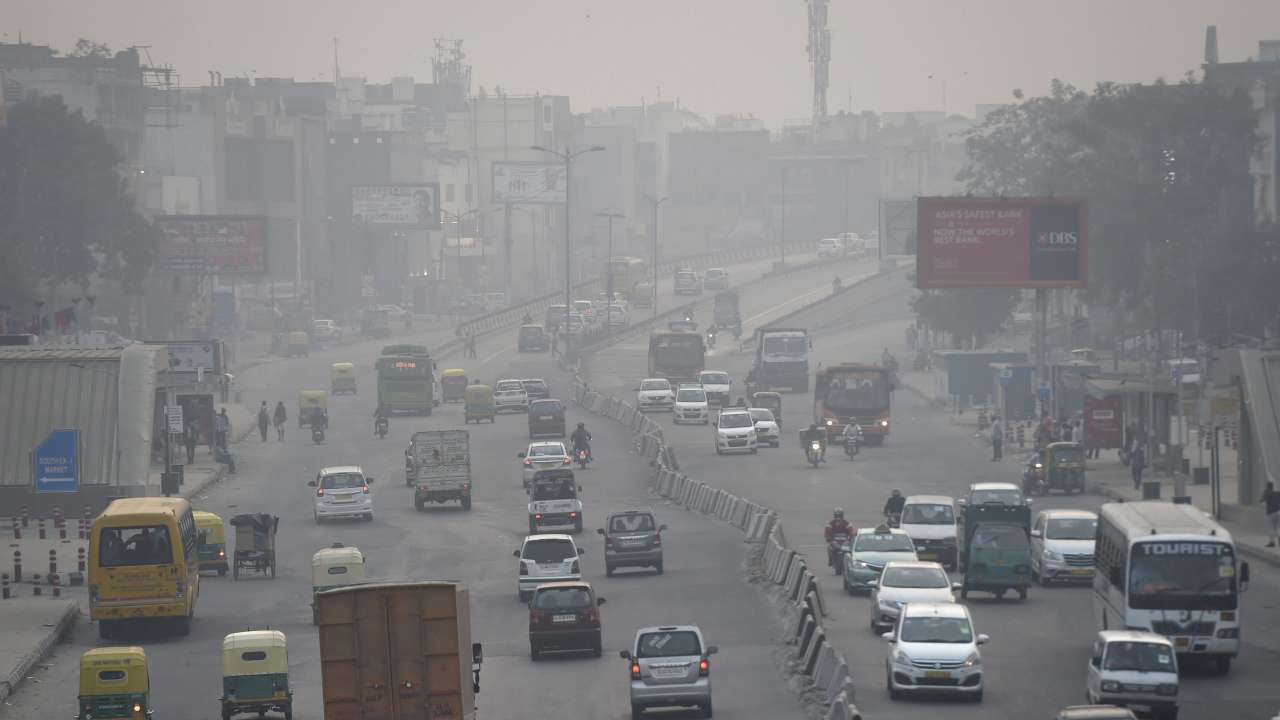Delhi pollution: Several parts of national capital record AQI levels of 'very unhealthy' to 'unhealthy'

Delhi smog
Several parts of the national capital reported air quality index as very unhealthy on Sunday morning.
Mundka in the north-west part of the city had an AQI of 251, while several parts of the city, including Anand Vihar, ITI Jahangirpuri, and DTU also recorded AQI levels in the unhealthy range.
However, most areas in South Delhi recorded AQI levels that fell in the unhealthy category.
Latest visuals from near India Gate. pic.twitter.com/U0SoenX8ez
— ANI (@ANI) November 25, 2018
Delhi's air quality showed a slight improvement on Saturday due to increased wind speed, favourable for dispersion of pollutants, and settled in the 'poor' category, authorities said.
The overall air quality index (AQI) was recorded at 244 which falls in the 'poor' category, according to the Central Pollution Control Board (CPCB) data.
As many as 31 areas in the national capital recorded 'poor' air quality while four areas recorded 'moderate' air quality, the data said.
The level of PM2.5 (particles in the air with a diameter of less than 2.5 micrometres) was recorded at 119 and the PM10 level was recorded at 238, it said.
An AQI between 0 and 50 is considered 'good', 51 and 100 'satisfactory', 101 and 200 'moderate', 201 and 300 'poor', 301 and 400 'very poor', and 401 and 500 'severe'.
Gurgaon, Ghaziabad, Faridabad, Noida and Greater Noida recorded poor air quality.
According to the Indian Institute of Tropical Meteorology, the air quality has improved due to higher wind speed.
The Particulate Matter (PM) concentration is likely to reduce owing to increased wind speed and air quality is likely to be in poor category, it said.